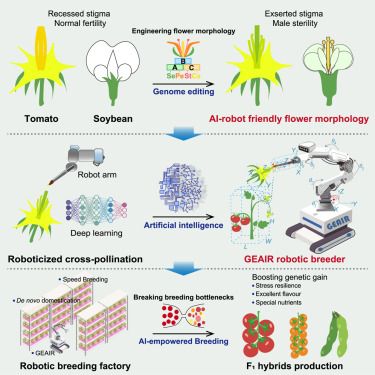
Now online! Engineering crop flower morphology facilitates robotization of cross-pollination and speed breeding
12.08.2025 15:00 — 👍 1 🔁 1 💬 0 📌 0@jian-pu.bsky.social
Postdoc, Plant nutrient and root development, Suberin plasticity, Natural variations, @University of Geneva, https://www.unige.ch/barberonlab/ Keen to nature, hiking, skiing

Now online! Engineering crop flower morphology facilitates robotization of cross-pollination and speed breeding
12.08.2025 15:00 — 👍 1 🔁 1 💬 0 📌 0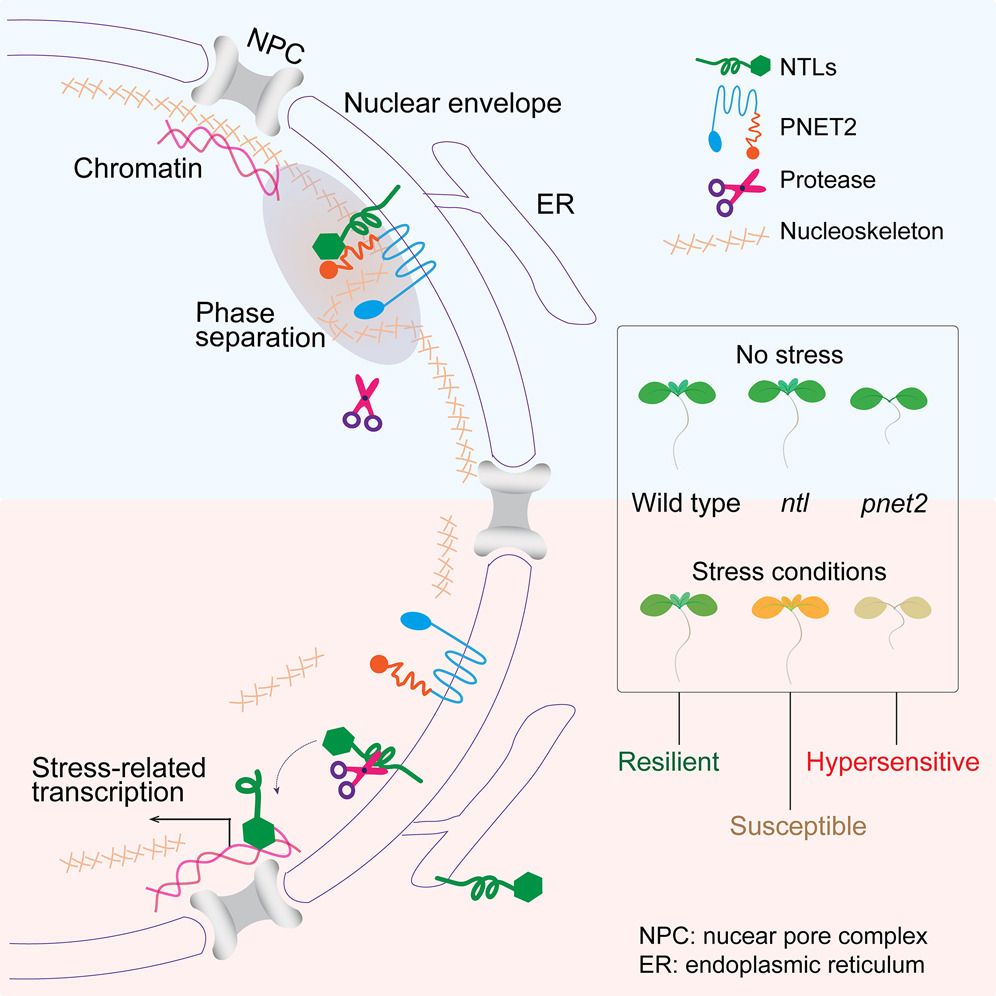
Nuclear lamina phase separation orchestrates stress-induced transcriptional responses in plants @cp-devcell.bsky.social from Yangnun Gu's lab
www.cell.com/developmenta...
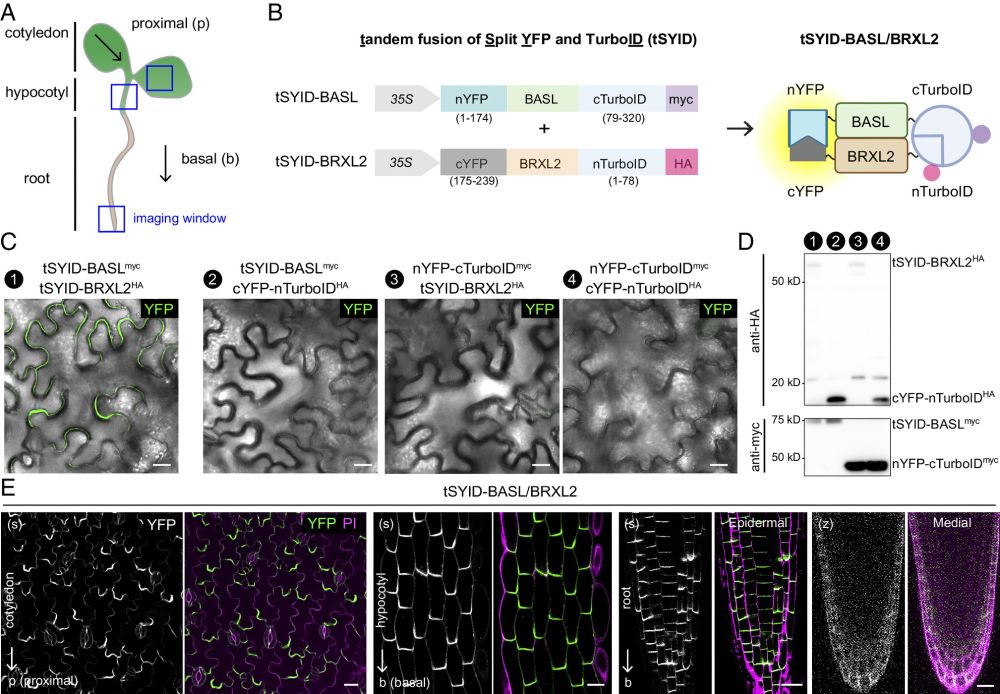
Split-YFP-coupled interaction–dependent TurboID identifies new functions of basal cell polarity in Arabidopsis
www.pnas.org/doi/full/10....
#plantscience
Happy to share our latest manuscript about Brassinosteroid recognition 😎 hope it offers a broad and intensive understanding of BR ligands--BRI1-LIKE receptors mechanism.
09.08.2025 22:00 — 👍 3 🔁 2 💬 0 📌 0
Our latest on brassinosteroid signaling: Ligand binding spectrum, specificity & selectivity of all BR receptors in Arabidopsis. By @albertocaregnato.bsky.social , @hmchen93.bsky.social and our great chemistry collaborators Mirek Kvasnica, Jana Oklestkova and Mirek Strnad.
09.08.2025 21:01 — 👍 49 🔁 27 💬 1 📌 0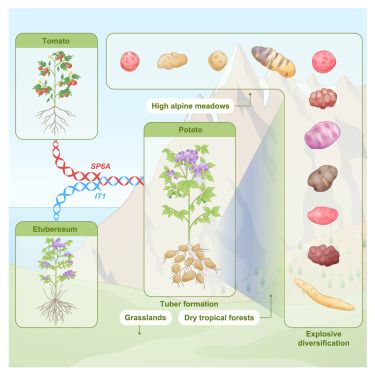
Now online! Ancient hybridization underlies tuberization and radiation of the potato lineage
31.07.2025 14:59 — 👍 8 🔁 6 💬 0 📌 0
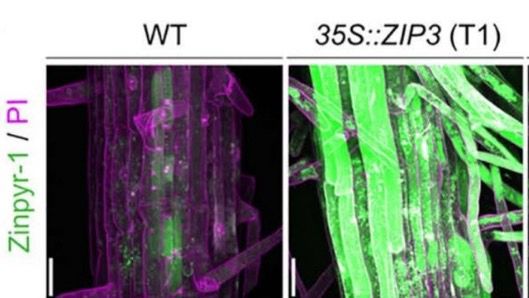
Happy to see Kevin Robe’s work on ZIP transporters published. We found evidences that ZIP2 and ZIP8 are involved in Cu and Fe acquisition respectively and confirmed the role of ZIP3 and ZIP5 in Zn acquisition. journals.plos.org/plosgenetics...
24.07.2025 18:03 — 👍 18 🔁 12 💬 0 📌 0 Fresh from the press! For suberin lovers!
Work led by @, my former PhD student and now postdoc in the team, with help of @sarahorvath.bsky.social and in collaboration with @tonnigrubeandersen.bsky.social .
🔗 DOI: doi.org/10.1016/j.ce...
1/4 #PlantScience
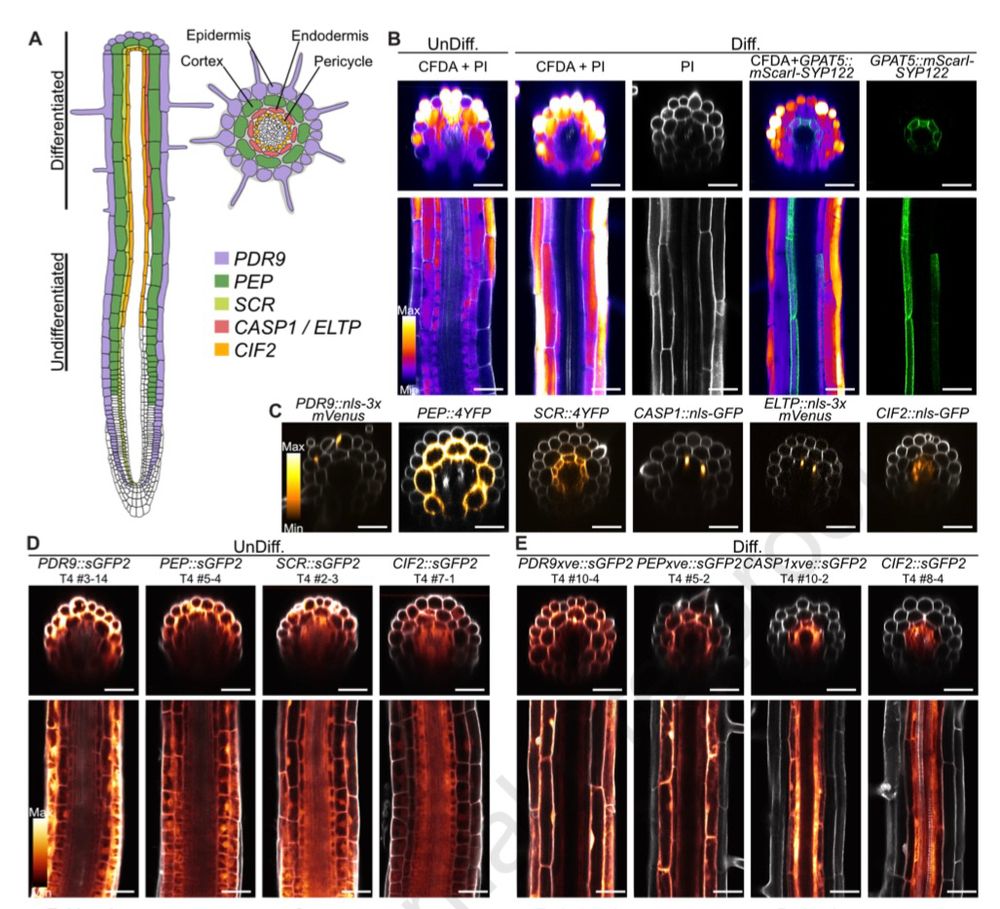
Very excited that our work on directional symplastic transport in differentiated root is now published!A developmental switch controls cell-to-cell transport in roots via pectin-linked plasmodesmata changes: Molecular Plant www.cell.com/molecular-pl...
22.07.2025 09:52 — 👍 83 🔁 41 💬 6 📌 1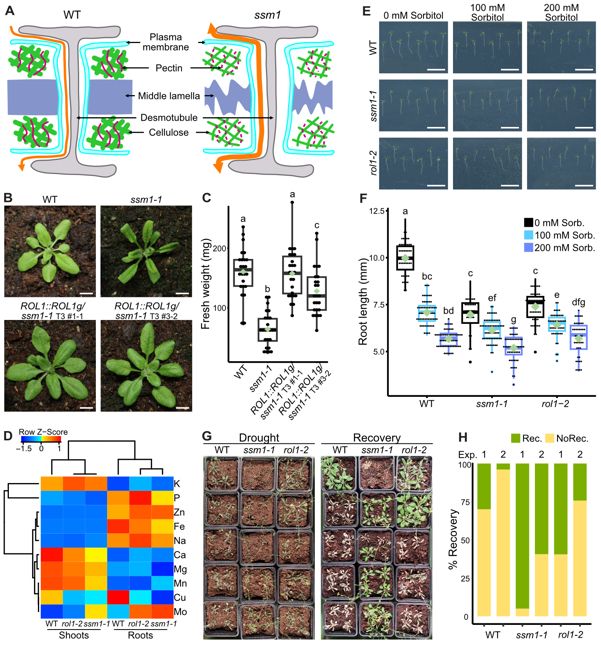
A developmental switch controls cell-to-cell transport in roots via pectin-linked plasmodesmata changes #research #MolecularPlant cell.com/molecular-pl...
22.07.2025 06:28 — 👍 27 🔁 10 💬 1 📌 1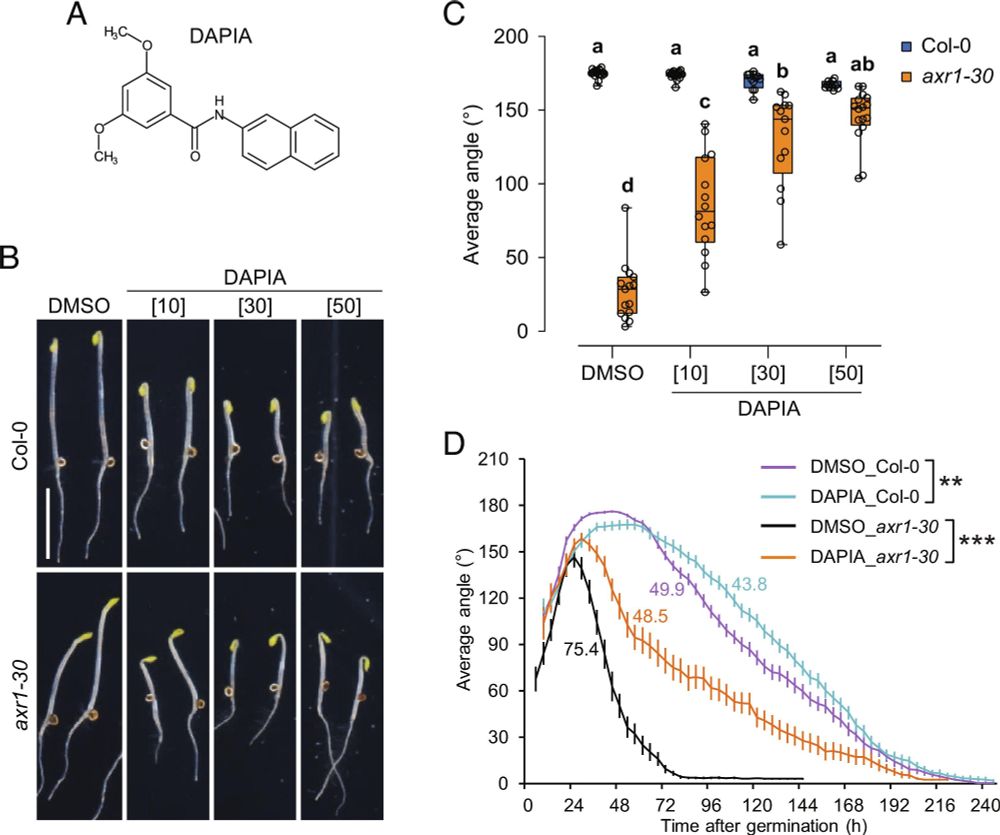
Please find our latest paper in @pnas.org. Lots of work from a fantastic group: Qian Ma, Sijia Liu, @siamsadoyle.bsky.social , Sara Raggi and others including @luciastrader.bsky.social @erc.europa.eu @kawresearch.bsky.social @umeaplantsciencecentre.se
www.pnas.org/doi/10.1073/...
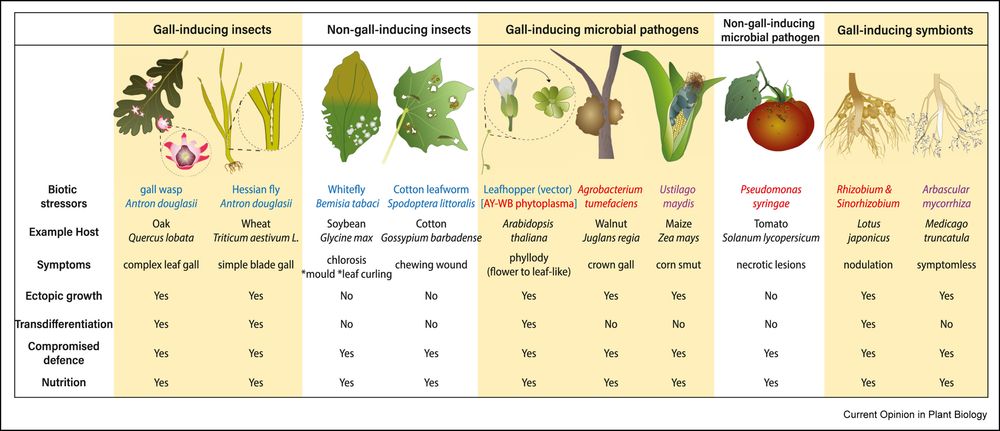
First Ma lab #GMI paper is now online! It‘s a mini-review on insect-induced plant #galls —their coolness and research potential! Plant galls induced by insects: Coordinated developmental reprogramming and defence manipulation www.sciencedirect.com/science/arti...
21.07.2025 12:06 — 👍 91 🔁 38 💬 6 📌 0Plants "bleed" too, but through gases!
When wounded, ethylene leaks out and oxygen seeps in. This gas shift acts as an alarm, triggering self-repair to seal the breach. Excited to share our new collaborative work uncovering this clever plant mechanism! Excellent summary here, indulge!
#plantscience
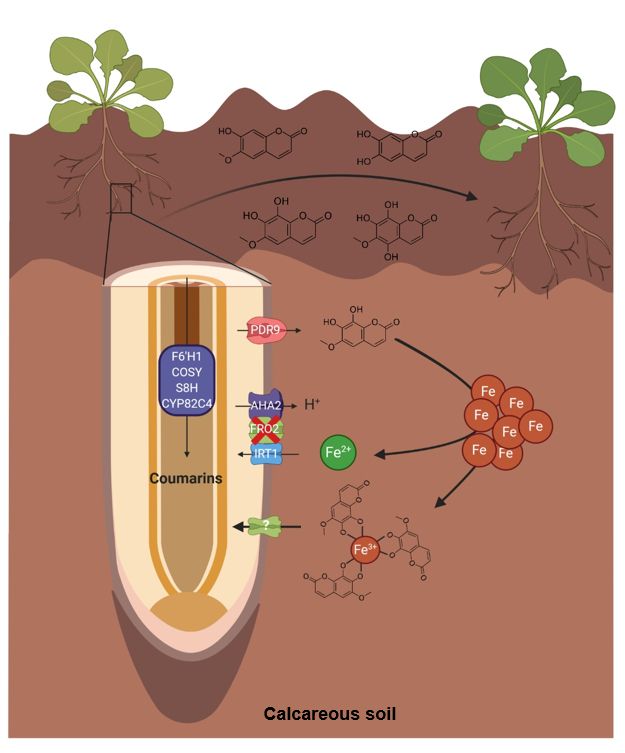
Coumarin-facilitated iron transport: an IRT1 independent strategy for iron acquisition in Arabidopsis thaliana #research #PlantCommunications cell.com/plant-commun...
26.06.2025 16:22 — 👍 4 🔁 3 💬 0 📌 1
Rho of Plant are signalling HUB and GEF behave as signal specific switches. We found that GEF14 specicaly activates ROP6 during osmotic signal. by 2 excellent young researcher L.Gorgues and M.Smokvarska One more great collaboration with
@yvonjaillais.bsky.social
www.embopress.org/doi/full/10....
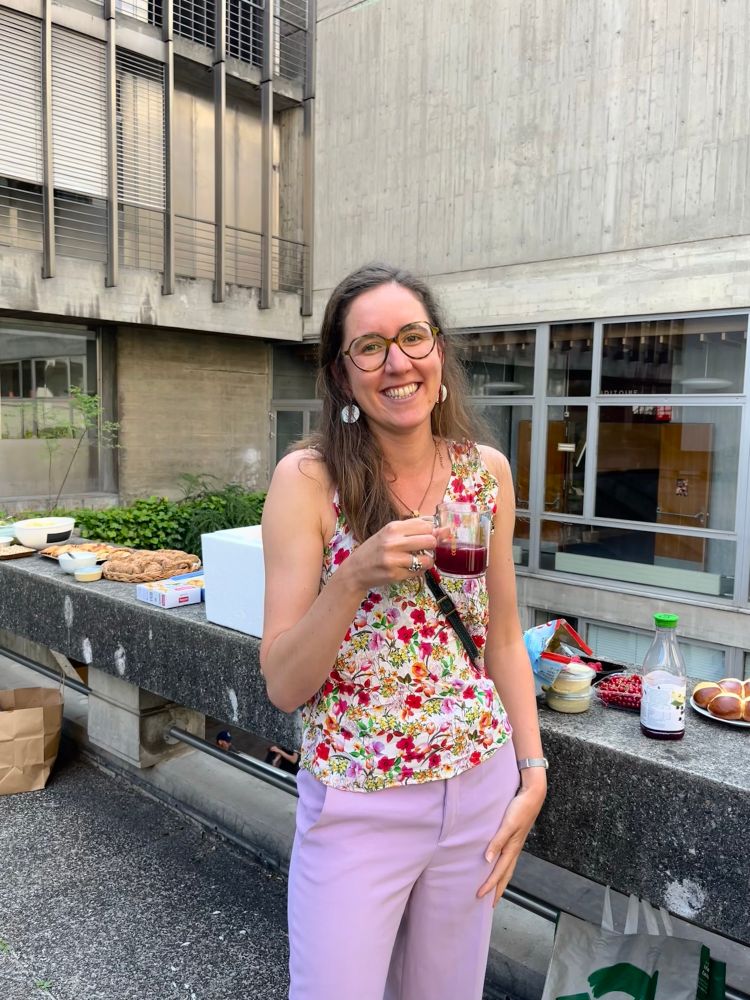
🌱Congratulations to Ines Hadj Bachir for receiving an @embo.org postdoctoral fellowship! 🎉 Her project on suberin regulation will be hosted in our lab at the University of Geneva. We’re excited to support her in this next chapter!
19.06.2025 15:53 — 👍 12 🔁 3 💬 1 📌 0
Check out our latest work, featuring beautiful, first-of-their-kind cryo-tomograms of crucial plant cell wall modifications, Casparian strips, suberin lamellae, lignified xylem walls and more! From our Electron Microscopy Facility led by @chgenoud.bsky.social
www.biorxiv.org/content/10.1...
We have a unique opportunity for a junior researcher, PhD student or postdoc, to use a revolutionary technique for mineral nutrient imaging and tracing in plants. Please re-post! Interested candidates should apply through the portal at the link below:
career5.successfactors.eu/career?compa...
Thanks, Jennifer!
12.05.2025 08:08 — 👍 1 🔁 0 💬 0 📌 0Thanks, Vinay!
12.05.2025 08:07 — 👍 1 🔁 0 💬 0 📌 0Thanks, Niko!
12.05.2025 08:07 — 👍 1 🔁 0 💬 0 📌 0Thanks to everyone that involved!
11.05.2025 10:05 — 👍 2 🔁 0 💬 1 📌 0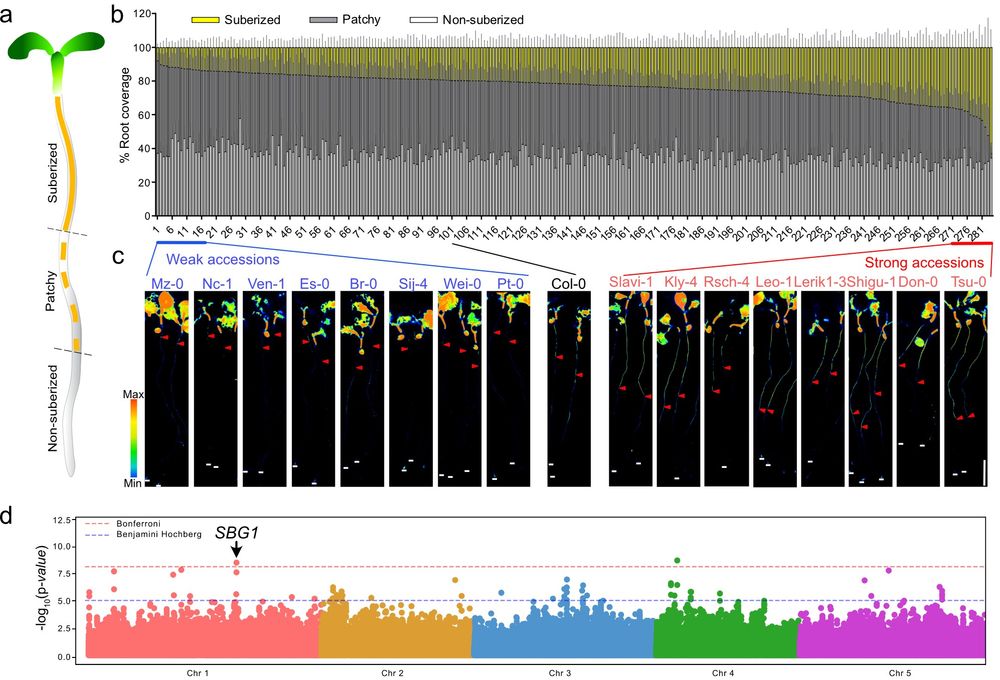
Delighted to share one piece of my postdoc work in preprint: Through forward genetic screening for suberin deposition in root endodermis, we identified SUBER GENE 1 (SBG1) by GWAS as a novel regulator for suberization by interacting with Type One Protein Phosphatase. www.biorxiv.org/content/10.1...
11.05.2025 10:04 — 👍 46 🔁 24 💬 2 📌 6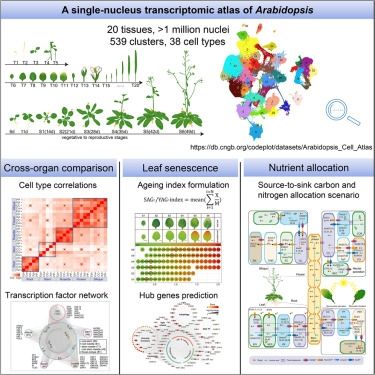
Amazing resource for the Arabidopsis and plant community
www.cell.com/cell/fulltex...
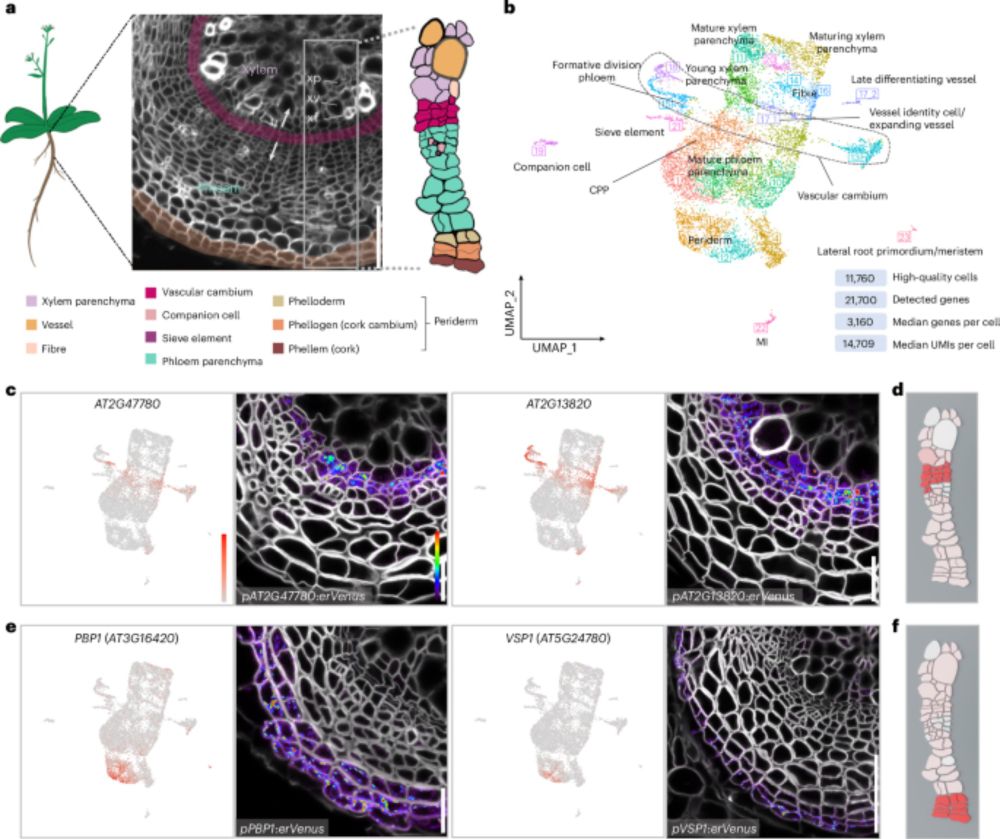
It's out! Detailed transcriptome atlas of mature Arabidopsis root undergoing secondary growth. Fantastic work by Munan Lyu and Hiroyuki Iida + other lab members, wonderful collab with @bertderybel.bsky.social lab on the scRNAseq analysis. @treebiocoe.bsky.social 1/x www.nature.com/articles/s41...
26.03.2025 15:35 — 👍 108 🔁 46 💬 12 📌 3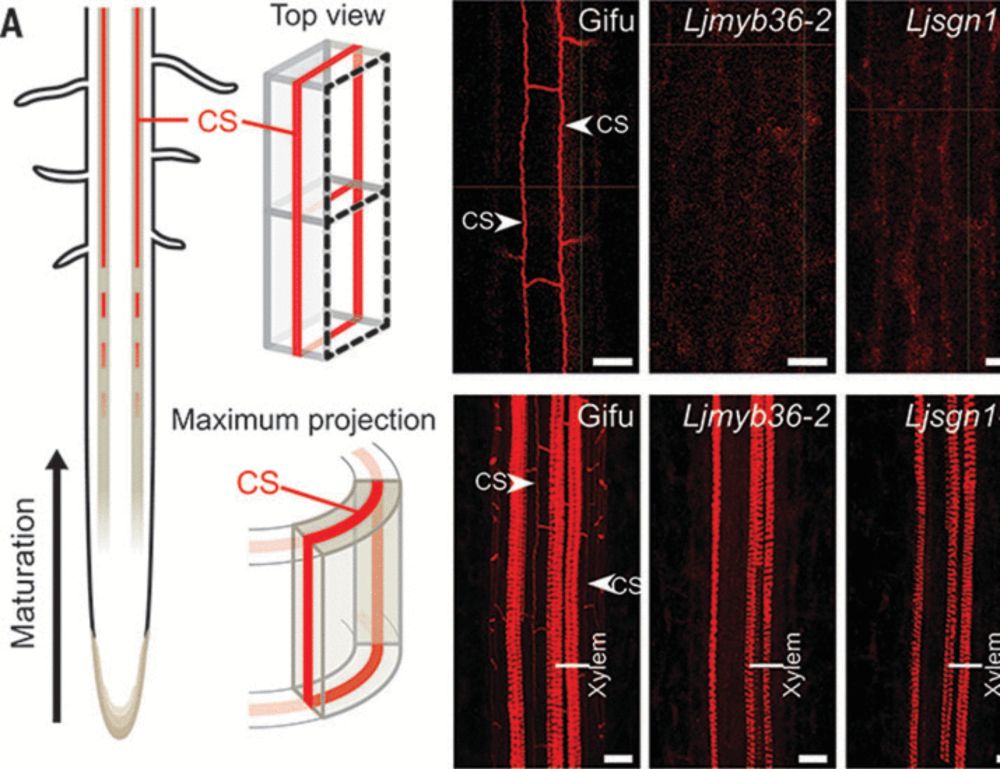
Finally!
Im so excited to present to culmination of many years of work from the fantastic Defeng Shen and some great collaborators. For details, I have made a digested thread below, but if you are more interested feel free to reach out (and read the paper of course).
www.science.org/doi/10.1126/...
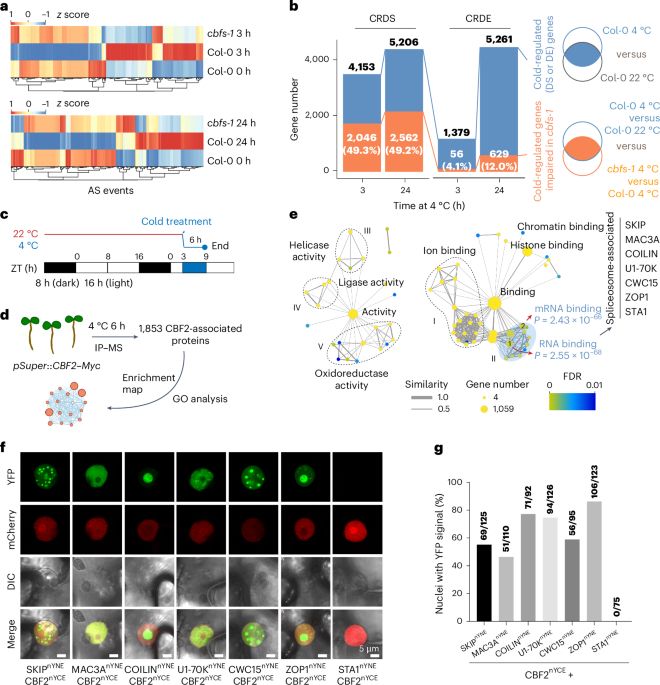
What a super cool story: New role of CBFs in alternative splicing by interacting with spliceosome-associated proteins like SKIP.
www.nature.com/articles/s41...
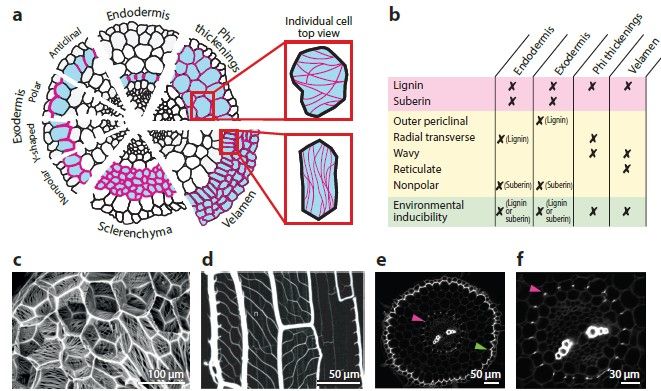
Overview of different cell wall thickenings. (a) Representation of the different lignified cell wall thickenings per cell type. Lignin is shown in magenta, and the cell types of interest are shown in blue. Exodermis: The four patterns of barrier deposition include nonpolar, in which the entire exodermal cell is surrounded by the barrier; Y-shaped, in which the barrier is deposited in a Y-shaped pattern on the anticlinal wall closer to the inner root; polar cap, in which the barrier is polarized to the periclinal cell wall facing the epidermis, forming a cap; and anticlinal, in which the barrier is deposited in the anticlinal walls. Endodermis: The lignified Casparian strip is deposited in the center of endodermal anticlinal walls. Cortical cells: Phi thickenings are found in the radial, transverse walls and can form a net-like set of thickenings. A detailed inset is represented to highlight this net-like structure from a top view perspective of a cell. The sclerenchyma cells (depicted here as is typical of a multiseriate cortical sclerenchyma) have thick lignin that uniformly coats all cell walls. Epidermis: In the velamen, a complex set of secondary cell-wall thickenings is generally oriented in the same direction in each cell. A detailed cell is represented to highlight this oriented cell wall pattern from a top-view perspective.
From the Annual Review of Plant Biology: Root cell wall thickenings vary across species, aiding water transport, strength & stress response. Understanding their genetics may boost resilience. (Alex Cantó-Pastor, Concepcion Manzano and Siobhán M. Brady)
▶️ www.annualreviews.org/content/jour...

Please read here about our collaborative work with Ag Kudla @uni-muenster.de on the phosphocode of these two Calcium-dependent kinases. With the power of MS-based functional #proteomics www.science.org/doi/10.1126/...
18.02.2025 10:24 — 👍 12 🔁 8 💬 0 📌 0